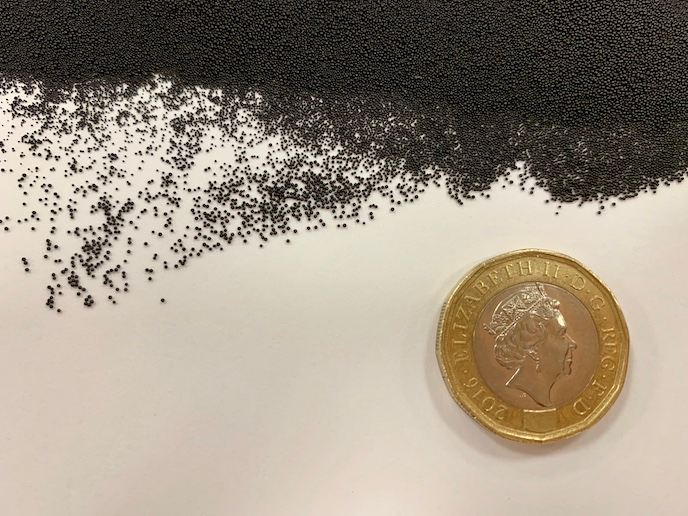Model to prevent toxins passing from vine to wine
Wine is a fermentation product and as such it is prone to spoilage by a range of microorganisms. One of these is the black Aspergillus carbonarius (A. carbonarius). Not only does the body of the fungus or mycelium grow on the skin and into the flesh of the grape but the toxin ochratoxin A (OTA) is produced - a source of concern for wine producers and consumers. Wine production is of vital importance within Europe and the EU-funded project, WINE - OCHRA RISK has accordingly researched into the fungi responsible for this type of spoilage. Scientists based at the Italian Università Cattolica del Sacro Cuore in Placenza specifically researched into A. carbonarius as the main OTA producing fungus. Their work covered the conditions that favoured the growth of the fungus and these were determined by both by field trial and laboratory experiment. The team developed models for the relationships between spore germination and three environmental components - time, temperature and relative humidity. As expected, there was a direct relationship between increased temperature and growth rate. Susceptibility to infection was also affected by grape variety. The presence of other pathogens also aided fungal colonisation. First, the vine moth Lobesia botrana, which damages the skin and whose larvae burrow through the grape and can act as vectors distributing the fungal spores. The other organism that aids the establishment of A. carbonarius is powdery mildew. This fungal pathogen causes rusty spots on the outside of the fruit but in badly affected infections, the skin may split. This therefore causes a physical opening for any A. carbonarius inoculum to enter. Further research as to the role of some factors such as the basis for variety susceptibility is required for this complex process of colonisation of a fungus in its pathogen. The study will aid growers to improve their cultivation methods, particularly in regard to the presence of other pathogens.







